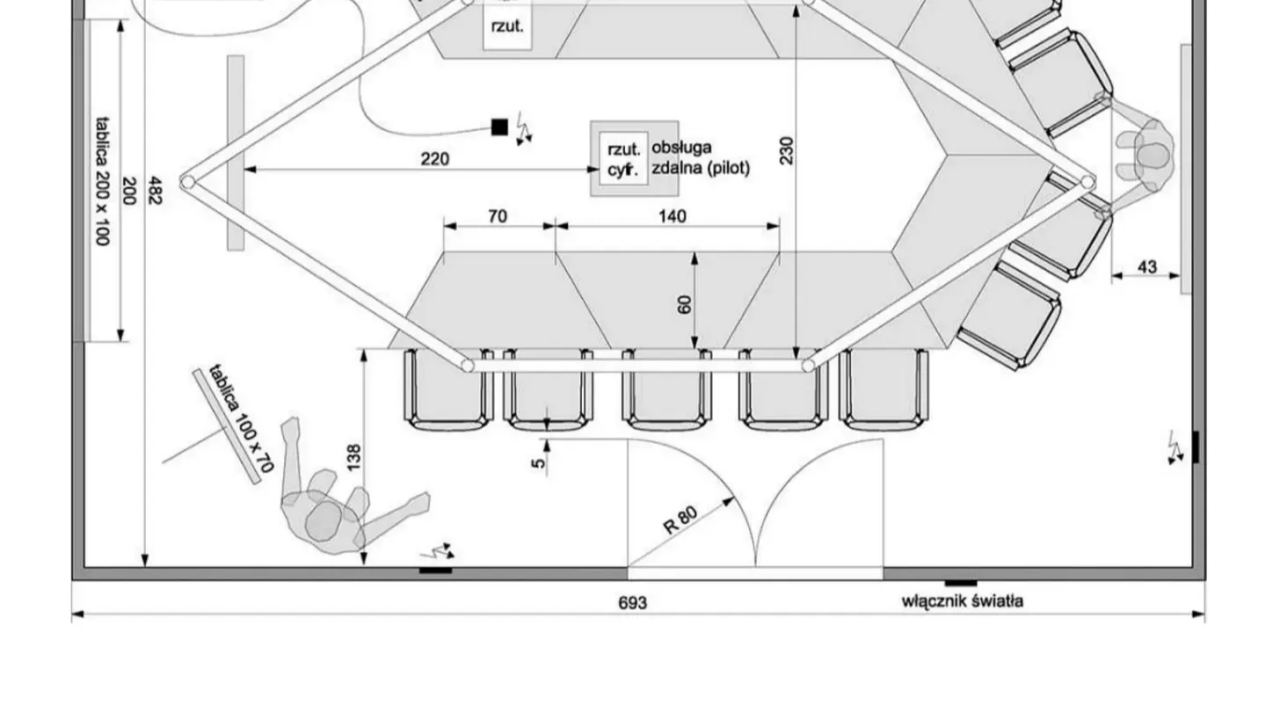The lines between web and mobile experiences are blurring faster than ever. Today, users expect apps to be fast, reliable, and engaging, regardless of the platform they’re using. This growing demand for seamless performance across devices has given rise to progressive web app solutions, a powerful hybrid approach that’s reshaping how businesses build and deliver digital experiences.
Let’s take a closer look at what PWAs are, why they matter, and how they’re redefining modern application development.
What Are Progressive Web Apps?
Progressive web apps (PWAs) are essentially web applications that function like native mobile apps. Their development happens using common web technologies like HTML, CSS, and JavaScript, yet provides features comparable to those of conventional mobile apps, including offline access, push notifications, and seamless performance.
PWAs are “progressive” because they adapt to the capabilities of the device they run on. Therefore, whether a user accesses a PWA from a desktop browser, tablet, or smartphone, the experience remains consistent and optimized.
Unlike native apps that need to be downloaded from app stores, PWAs are accessed through a web browser, yet they can be installed directly on a device’s home screen. This combination of accessibility and native-like usability makes them a win-win for both users and businesses.
Why Businesses Are Embracing Progressive Web App Solutions
In a competitive digital landscape, time matters. A slow-loading website or a clunky mobile experience can quickly push users away. Progressive web app solutions address these pain points head-on.
Performance That Keeps Users Engaged
PWAs are built for speed. Caching and service workers allow them to load quickly, especially in places with weak network connectivity. This not only enhances the user experience but also increases retention rates because speedy, responsive apps encourage users to stay and interact.
Offline Access and Reliability
One of the most notable advantages of PWAs is their ability to perform offline or in low-network environments. This is made feasible by background caching, which keeps critical resources locally. So, whether consumers are traveling or experiencing connectivity challenges, they may continue to explore content and execute actions without interruption.
Cost-Effective Development
Creating different apps for iOS, Android, and the web can be both expensive and time-consuming. Progressive web app solutions eliminate the requirement for a separate codebase for each platform. This comprehensive strategy considerably lowers development and maintenance expenses.
Improved User Engagement
PWAs support push notifications, background sync, and full-screen experiences, features typically associated with native apps. These capabilities enable businesses to re-engage users, promote offers, and foster stronger customer relationships, all without the friction of app store downloads.
SEO Benefits
PWAs, unlike native apps, can be discovered by search engines. This offers them a considerable boost in visibility and reach. When a PWA is properly optimized, it can achieve higher rankings in search results, leading to increased organic traffic and conversion chances.
The Technology Behind PWAs
To understand why progressive web app solutions are so powerful, it helps to look at the core technologies that enable them.
Service Workers
These are scripts that run in the background of your browser without requiring a web page. They handle caching, push alerts, and background synchronization, which allows for offline operation and quick loading.
Web App Manifest
This is a simple JSON file that defines how your app appears on a user’s device. It allows the app to be launched in full-screen mode, display an icon, and behave like a native mobile app.
HTTPS
PWAs require secure connections to ensure data privacy and protection. HTTPS encryption builds trust and prevents unauthorized access or data tampering.
Together, these technologies make PWAs powerful, secure, and scalable, which are key ingredients for a successful digital experience.
How PWAs Improve the User Journey
User experience sits at the heart of every successful digital strategy. No matter how powerful your product or service is, users won’t stay if interacting with your app feels slow, clunky, or inconsistent. This is where progressive web app solutions truly shine; they’re built to simplify the user journey and remove friction at every step.
PWAs deliver a seamless, app-like experience while maintaining the reach and flexibility of the web. Here’s how they elevate the modern user journey from start to finish:
Instant Access without Friction
One of the most frustrating moments for users is waiting for an app to download. Traditional mobile apps require visiting an app store, finding the app, downloading it, and then waiting for installation. PWAs remove that barrier completely.
With a PWA, users can access the app instantly from their browser—no app store, no installation delays. Yet, they still have the option to “install” it on their home screen for quick access. This instant availability encourages spontaneous interactions and reduces drop-offs that usually happen during the download process.
Consistent Experience across Devices
In today’s multi-device world, users often switch between phones, tablets, and desktops. Therefore, a key advantage of PWAs is their responsive design, which ensures that the experience remains consistent across all screens.
Whether someone checks your site from their phone during a commute or revisits it later on a laptop, the interface, performance, and layout remain uniform. This consistency builds trust, strengthens brand perception, and encourages repeat engagement.
Faster Load Times and Smooth Performance
Speed is non-negotiable in the digital space. Studies show that even a one-second delay in load time can reduce conversions significantly. PWAs leverage advanced caching and service worker technology to preload essential content and assets.
As a result, pages load almost instantly, even on slow or unstable connections. Moreover, scrolling feels fluid, navigation is responsive, and users can interact with the app in real time without lag. This level of performance keeps users engaged and minimizes abandonment.
Offline Accessibility for Continuous Engagement
Imagine a user browsing an eCommerce catalog or reading an article, only to lose connection midway. In a traditional web app, that experience would end abruptly. Intelligent caching allows PWAs to work offline or in low-network environments.
This means that users can browse previously loaded pages, view content, and add items to a shopping cart even while they are not connected to the internet. When connectivity is restored, their actions automatically sync. For individuals, it feels straightforward; for businesses, it maintains interest regardless of network circumstances.
Real-World Examples of PWAs in Action
The success of progressive web app solutions is not just theoretical; many global brands have already implemented them to great effect. Let’s take a look:
Twitter Lite: Twitter’s PWA reduced data usage by over 70% and saw a 65% increase in pages per session.
Starbucks: Their PWA allows customers to browse the menu, customize orders, and even work offline, resulting in double the number of daily active users.
Pinterest: Following the launch of its PWA, Pinterest saw a 60% boost in user engagement and a 40% increase in advertising income.
These examples demonstrate how PWAs can significantly enhance performance, user engagement, and business outcomes, all without the substantial investment required to develop multiple native apps.
Final Thoughts
In conclusion, progressive web app solutions are more than just a trend; they represent the future of digital interaction. They provide speed, accessibility, and reliability in one unified experience by combining the best features of the web and mobile.
Furthermore, for businesses, PWAs are an opportunity to meet users where they are, on any device, anywhere, without the barriers of traditional app development. As the web continues to evolve, embracing PWAs isn’t just smart; it’s essential for staying relevant in a mobile-driven world.













Leave a Reply